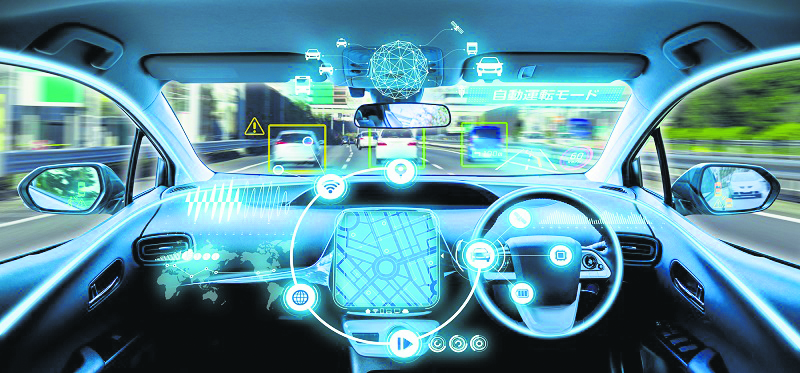
Autonomous vehicles (AVs), once a figment of science fiction, are rapidly becoming a reality. The journey from manual steering to self-driving cars is not just about technological evolution; it’s a paradigm shift in how we perceive and interact with transportation.
Let’s discuss the latest developments, regulatory landscapes, and the potential societal impacts of autonomous vehicles, in today’s article.
Technological Advancements in Autonomous Vehicles Untangling the AI Core
The heart of an autonomous vehicle is its AI system. This intricate web of algorithms and machine learning models enables cars to perceive their environment, make decisions, and navigate without human intervention. Recent breakthroughs include enhanced object detection, improved decision-making under uncertainty, and adaptive learning capabilities, allowing AVs to handle complex traffic scenarios more efficiently.
The Sensor Revolution
Sensors are the eyes and ears of an AV. Innovations in LiDAR, radar, and camera technologies have significantly improved the accuracy and range of these sensors. The integration of these technologies allows for a 360-degree perception, crucial for safe navigation.
Connectivity and V2X Communication
Vehicle-to-Everything (V2X) communication is a game-changer. This technology allows vehicles to communicate with other vehicles, pedestrians, and infrastructure, leading to improved safety and traffic management.
Regulatory Challenges and Solutions Navigating the Legal Landscape
The legal framework for AVs is still in its infancy. Governments worldwide are grappling with questions about liability, safety standards, and data privacy. Establishing clear regulations is key to fostering public trust and smoothing the integration of AVs into existing traffic ecosystems.
Safety Standards and Compliance
Safety is paramount when it comes to AVs. Establishing universal safety standards and ensuring compliance through rigorous testing and certification processes are critical steps towards reliable autonomous transportation.
Societal Impact of Autonomous Vehicles Transforming Urban Mobility
AVs promise to redefine urban mobility. With the potential to decrease traffic congestion, reduce emissions, and improve transportation efficiency, autonomous vehicles could significantly contribute to smarter, cleaner cities.
The Economic Implications
The rise of AVs is set to disrupt the automotive industry, impacting everything from car ownership models to insurance. This shift could also create new job opportunities in tech and engineering, while potentially phasing out traditional driving roles.
Ethical Considerations and Public Perception
The ethical implications of decision-making by machines, particularly in life-threatening scenarios, remain a topic of intense debate. Building public trust through transparency and community engagement is vital for the acceptance of AVs.
Conclusion: The Road Ahead
The journey towards fully autonomous vehicles is filled with exciting possibilities and significant challenges. As we navigate this uncharted territory, the focus must remain on creating a safe, efficient, and equitable transportation future. Embracing innovation while addressing ethical and regulatory concerns will be key in steering this technology towards successful integration into our daily lives.